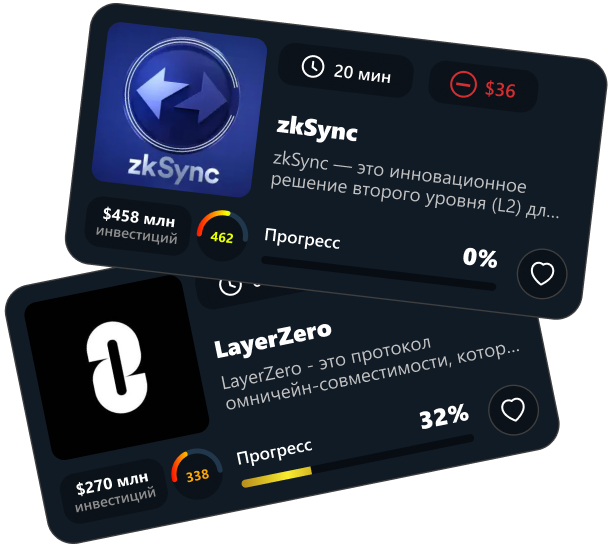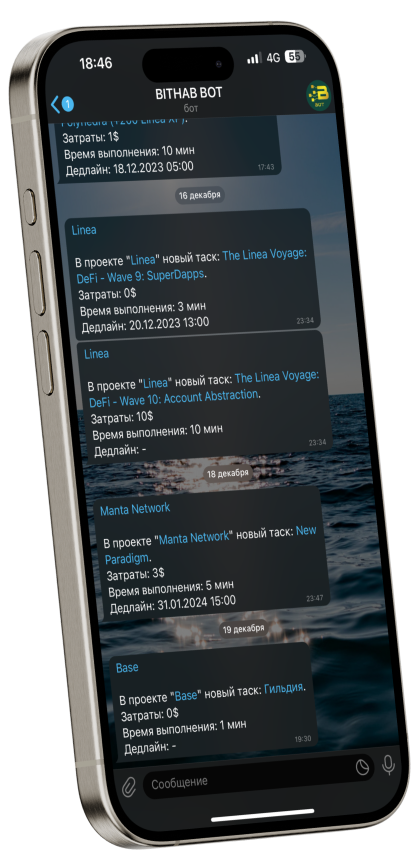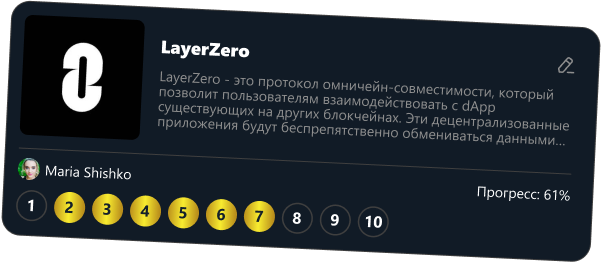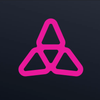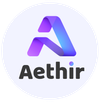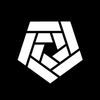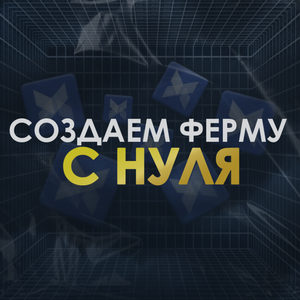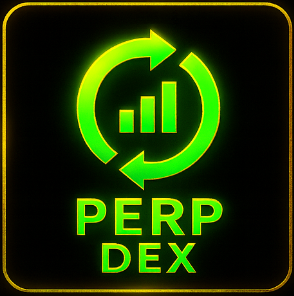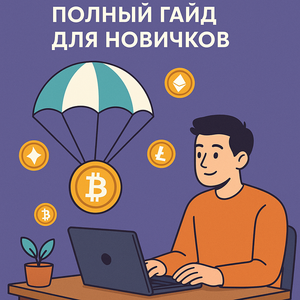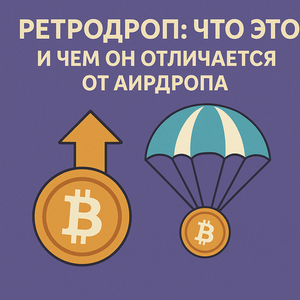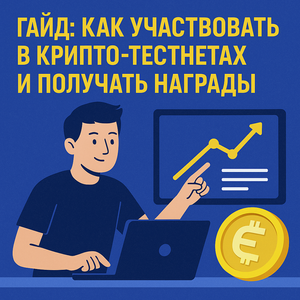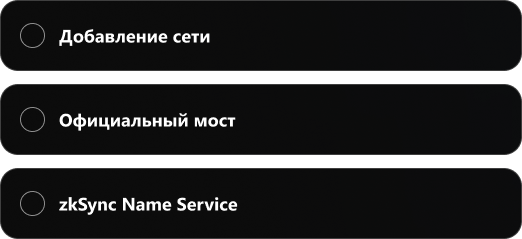A typical crypto testnet is not just a test network of a new blockchain; for an ordinary user it’s a way to take part in the development of a project at the very earliest stages and potentially earn rewards: tokens, points, roles, NFTs, etc.
What is a crypto testnet
Testnet is a test version of a blockchain.
It exists separately from the main network (mainnet) and is needed in order to:
- test new features and updates before launching them on the main network;
- test dApps (decentralized applications) without risking real funds;
- generate load (thousands of transactions, lots of users) and see how the system behaves under stress;
- build and warm up a community around the project even before the TGE (Token Generation Event).
It’s important to understand:
- The testnet is separated from the mainnet. Everything you do in the test network does not affect the main network and real balances.
- Tokens in a testnet usually “are worth nothing”. They are either fake coins from a faucet or points. But projects often use snapshots of activity in the network to later make a retrodrop/airdrop and reward early users.
You can see our cases here.
- Almost anyone can participate. All you need is a wallet and some time.
By 2025, the format has evolved a lot compared to early 2021–2022, when this space was just developing: many airdrops are no longer quick giveaways but long campaigns where you farm points, badges and roles by completing tasks in testnets, social networks and quest platforms. One of the first projects to implement a system of "permanent quests" was Linea, where it took 2 years from the start of activities to the drop.
Why developers need testnets
For the project team, the test network is:
- a playground for new features: they can safely roll out updates, change the economics, test new modules;
- a way to find bugs and vulnerabilities: real people always break the system in ways automated tests never would;
- community building: active testers often turn into the core of the future community and brand advocates;
- marketing and warming up before the token launch: points, NFTs, OG roles — all of this pulls people in and creates anticipation of a future airdrop.
In essence, the project gets testing, marketing and loyal users, and in return distributes a share of the future token.
Why it’s profitable for users to participate in testnets
For a user, a testnet is:
- A chance for an airdrop / retrodrop
Projects increasingly reward: - early testers;
- active users;
- those who earned enough points / XP or completed all quests.
- An opportunity to enter a promising project “from scratch”
Many of the big airdrops in the past (Uniswap, Arbitrum, Aptos, etc.) went to those who used the protocols back «when nobody knew about them». - Understanding trends
When you farm testnets, you get a better feel for: - which categories of projects are currently hyped;
- what is actually worth getting into earlier than others.
- Skill building
At the same time you learn to: - use wallets;
- work with bridges and DeFi;
- navigate new ecosystems.
Current crypto testnets at the end of 2025
Important: the projects listed below are not financial advice, but examples of projects from the Drop.Guide platform that, as of the end of 2025, are in active testnet/points campaigns.
- Algorand – in addition to a stable mainnet, it uses a separate testnet for development and education, and there are also staking programs and an updated validator reward model, which makes participation in the ecosystem interesting from the perspective of future bonuses as well.
DG Score - 880 - Neura – an EVM-compatible blockchain focused on stable assets and real-time finance: the project has launched a public testnet with a points system, quests and an airdrop campaign that may bring rewards in the future.
DG Score - 760 - Fogo – a high-performance L1 based on SVM, created «by traders for traders» with a focus on sub-second blocks, fair order execution and institutional on-chain trading. It already has an incentivized testnet with test tokens, ecosystem activities and an expected airdrop for participation.
DG Score - 600 - Helix Labs – a DeFi project that helps token holders from other blockchains (except Ethereum) earn more on their coins and use them not just "for storage" but in various useful activities within the ecosystem. Right now the team is building the foundation for future products, and those who use the service and test it at early stages are very likely to get priority in the future token distribution.
DG Score - 600 - GBM Auctions – «bid-to-earn» NFT auctions already integrated with major ecosystems and marketplaces: their model incentivizes fair pricing and rewards bidders themselves, while participation in campaigns and test auctions helps build on-chain activity and reputation that may be taken into account for a future drop.
DG Score - 570
How to participate in crypto testnets: step-by-step
The general algorithm (works for most testnets in 2025):
1. Create and set up a wallet
- The most basic option is MetaMask (for EVM networks);
- for Cosmos, Solana and other ecosystems you may need separate wallets. For example: Kepler for Cosmos, Backpack for Solana.
- create a separate wallet “for activities” and don’t expose your main assets there.
2. Find projects to work on.
It’s simple here — go to Drop.Guide, use filters by score, costs and relevance to find the best projects for you. Each project has detailed guides with all current activities and deadlines for them.
3. Before you start working with crypto testnets, decide for yourself on the following:
- how much time you are ready to spend on working through projects;
- what level of expenses is acceptable for you;
- how many accounts you want to use in your “farm”. See the article "Multi-accounts";
- take care of your security. See the article "Security basics".
4. Prepare wallets and social media profiles.
- Install the necessary wallets and add networks. Guides usually state which wallet is needed and how to add the required network.
- get test tokens from a faucet (they are free and used only in the testnet).
5. Complete the project’s tasks
Usually this means:
- swaps, adding liquidity, staking deposits;
- using dApps (DEXs, lending protocols, NFT marketplaces, games, etc.);
- completing quests on Galxe, Intract, Zealy, Layer3 and other platforms;
- social activity: posts on X, reposts, participation in Discord/Telegram, taking quizzes.
6. Track your activity
- keep records of the projects you are working on;
- mark completed tasks, make notes where you couldn’t complete something and why;
- follow leaderboards and Points / XP / Badges sections. This way you can track your progress in the project and learn about new badges, etc.;
- periodically repeat actions to "show up" as an active network participant, especially if the testnet has no clear points system;
- sometimes projects additionally ask you to register via e-mail or complete KYC.
7. Wait for the TGE / airdrop and stay updated
- subscribe to the project’s X, Telegram, Discord;
- follow updates: airdrop conditions, snapshots, deadlines;
- monitor airdrop updates on Drop.Guide.
Risks and how to minimize them
Even if we’re talking about test networks and “free” tokens, the risks don’t disappear.
Main threats:
- phishing sites, fake copies of real dApps;
- scam testnets where you are convinced to "buy something extra" or "invest real money";
- airdrop-hunter services that collect private keys or seed phrases;
- malicious smart contracts that may later try to pull out your real assets.
How to protect yourself:
- Separate wallets for farming
- don’t keep large amounts and long-term investments on them;
- regularly revoke permissions (token approvals) via special services. For example, Revoke.
- Never pay to participate in a testnet, with some caveats:
- participation and faucets should not require deposits of real funds;
- you may need to pay a few cents in fees on the main network if the testnet is linked to a real bridge;
- there can also be KYC fees;
- you need a small amount of funds to claim points on Galxe;
- sometimes getting test tokens is so hard that it’s easier to buy them for real crypto.
- Verify your information sources
- only go to a project via links from:
- official accounts;
- trusted aggregators — Drop.Guide
- don’t follow links from random chats and shady channels.
- Be careful when signing messages and smart contracts
- if you don’t understand what you are signing, it’s better to stop and cancel the action;
- avoid contracts that request non-obvious permissions (for example,
setApprovalForAllon large mainnet NFT collections); - use extensions that check the transaction before you sign it, for example Scam Sniffer.
Short summary
Testnets in 2025 are one of the main ways to earn from crypto without upfront investment, especially if you are ready to:
- systematically farm points and XP;
- follow news and deadlines;
- minimize risks by using a separate wallet and checking your sources;
- regularly devote time to this and always keep learning.


